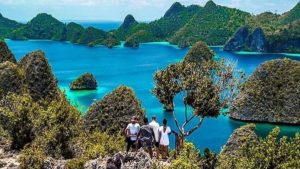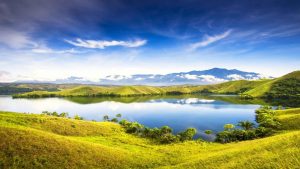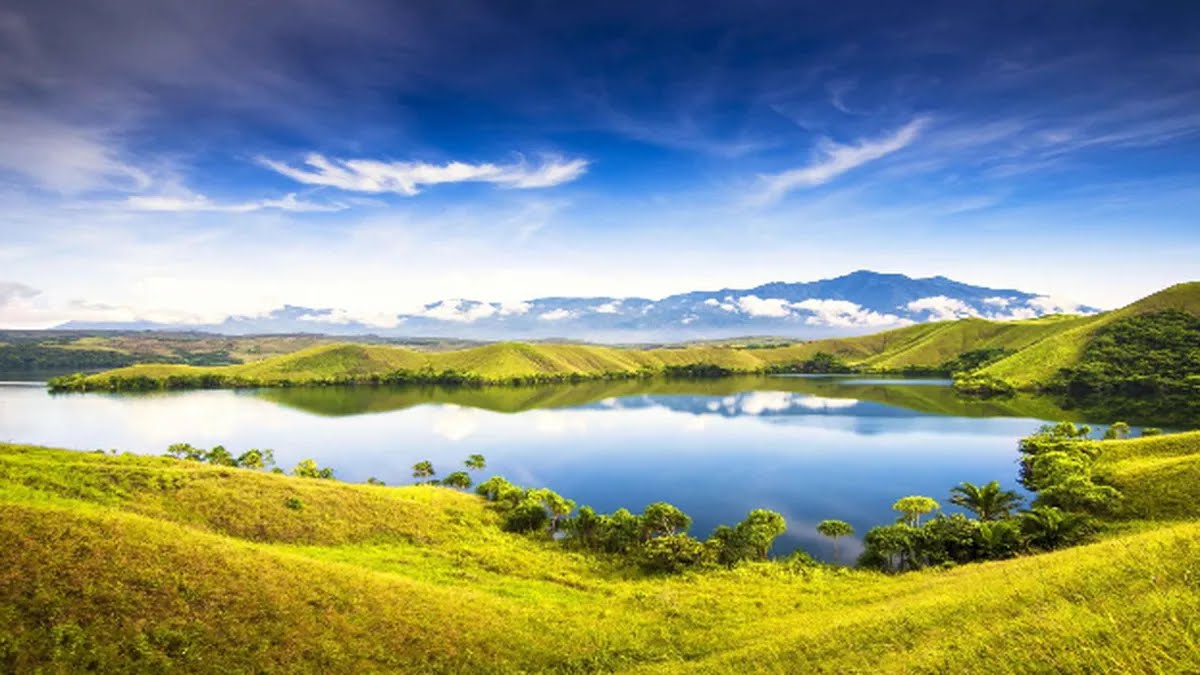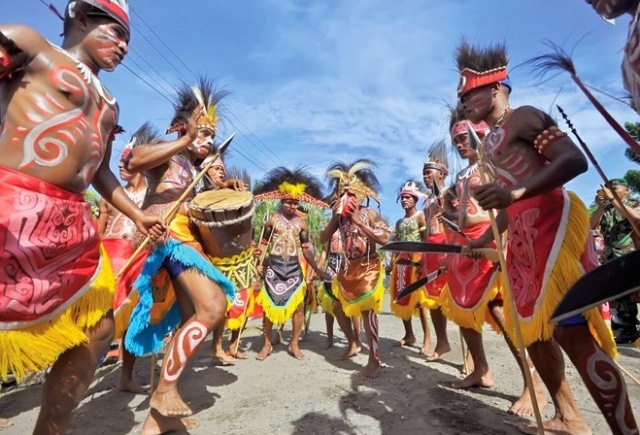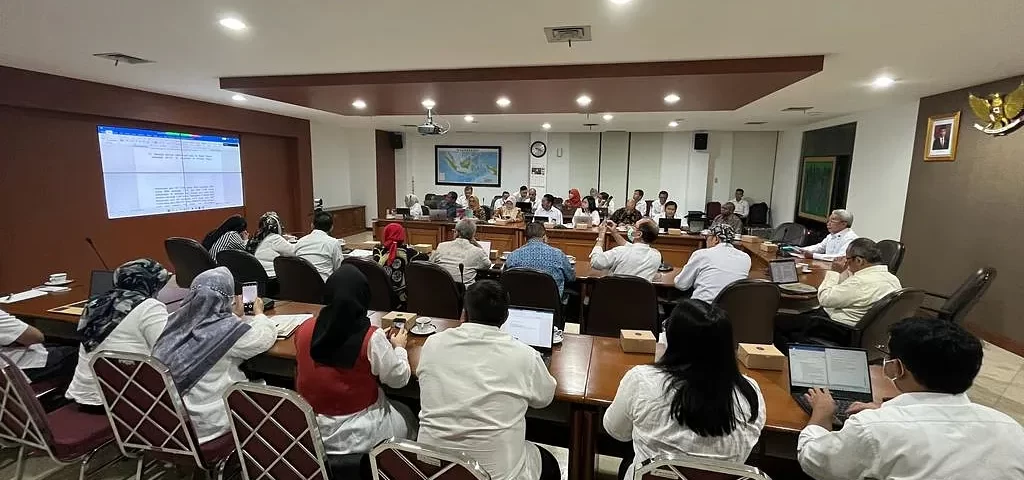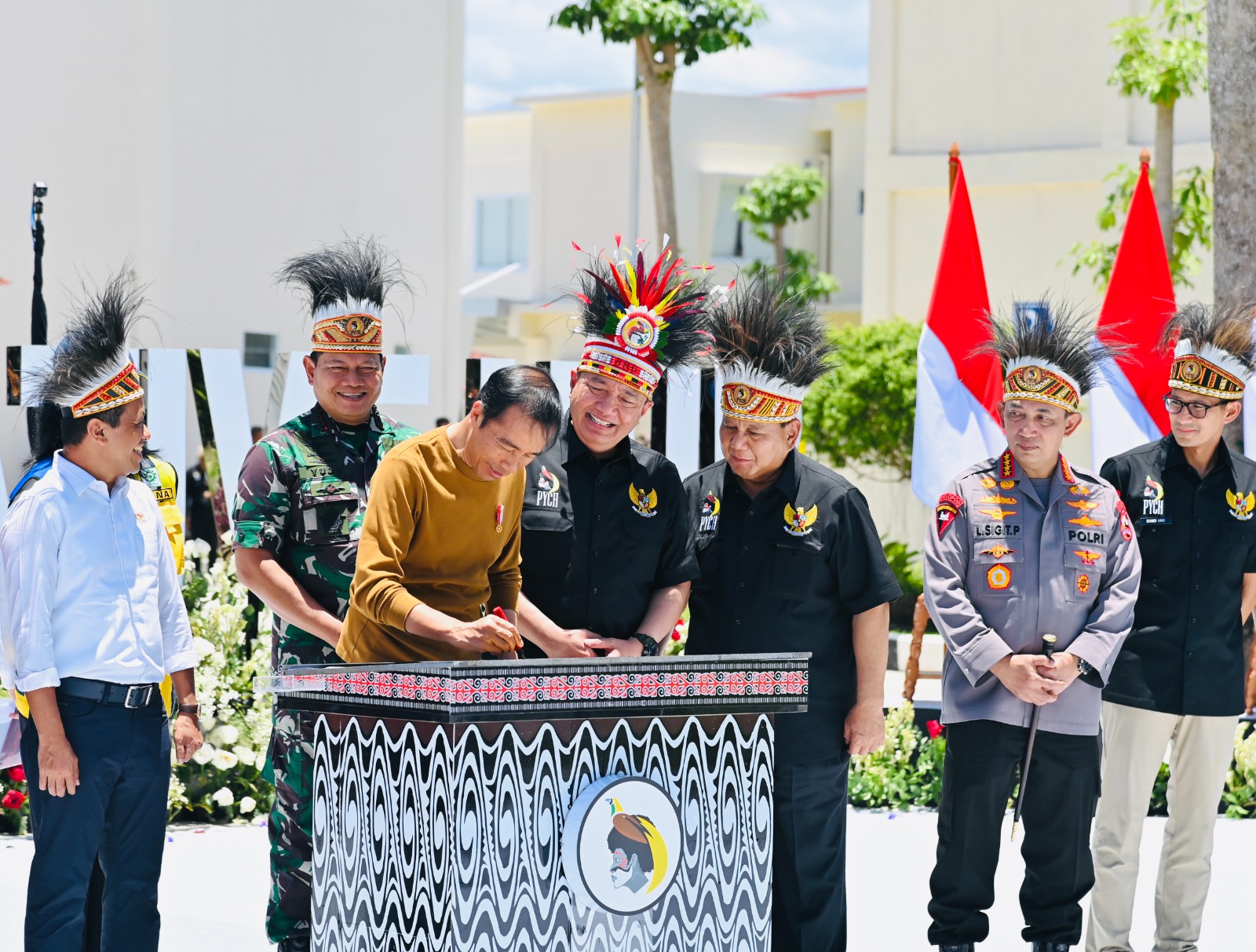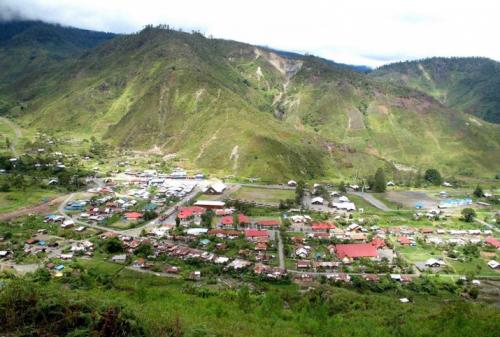
Papua is not only known for its beautiful natural diversity. The customs and culture are also unique and diverse, one of which is about Papuan traditional clothing.
Papuan traditional clothing means closer to the closeness of a tribe to the environment. Papuan traditional clothing is divided into two, namely traditional clothes for women and traditional clothes for men. The difference is at the bottom only.
Papuan traditional clothing is often known as koteka. But, you know Medcom friends, if Papuan traditional clothing has various types.
Well, let’s get acquainted with Papuan traditional clothing ranging from its type, uniqueness, to philosophy.
Types of Papuan traditional clothing
Papua is inhabited by various tribes, such as the Asmat tribe, Dani tribe, Biak tribe, Kamoro tribe, and Waropen tribe. Well, each tribe has its own characteristics in its traditional clothing.
Papuan traditional clothing is also based on the era and who the wearer is. The following types of Papuan traditional clothing are quoted from the rimbakita.com page:
1. Holim
This traditional Papuan holim clothing is often worn by men from the Dani tribe. This holim clothing is better known as koteka.
The function of the koteka is to cover the male pubic area and this clothing is normal to use. Other tribes in Papua also use koteka although the shape is different and the pronunciation can be different in each tribe.
In some tribes, this traditional clothing is also referred to as hilon, bobbe, and harim. Koteka is made from water gourd skin.
Koteka can be worn daily or during traditional ceremonies. How to wear it by tying it to the waist with a rope.
Koteka worn everyday are short in size and without carving. Meanwhile, for traditional ceremonies, the koteka worn is usually equipped with Papuan ethnic carvings and the size is longer.
As time went by, koteka began to be worn less often. In fact, the use of koteka is prohibited in public places, such as public transportation or schools.
Today, we can still see Papuans using koteka during traditional ceremonies. In addition, koteka can also be found in souvenir shops.
2. Tassel skirt
Papuan men are usually shirtless and wear tassel pants made of sago leaf. The length of this tassel skirt is generally knee-length.
Papuan men also wear other accessories in the form of bracelets and necklaces made of pig fangs or dog teeth. There are also those who use the feathers of birds of paradise. These accessories symbolize the virility of a real man.
Nowadays, before wearing a tassel skirt, men usually wear shorts first, then the outside wears tassel pants.
3. Head tassel
For headdresses, Papuan men also wear accessories made of brown cassowary feathers and white rabbit feathers. Rabbit fur is at the bottom, while long cassowary fur is at the top. Its shape resembles a beautiful crown.
4. Tas noken
A noken bag is a bag made of woven bark. This bag is worn by Papuans behind their backs, like a backpack. Noken bags can be worn by both men and women.
5. Halls
Salia clothing is a traditional Papuan clothing for women. This unique outfit is made of tree bark. To produce the perfect sali outfit, only brown bark is chosen.
6. Yokai
Yokai is also a traditional Papuan clothing for women. The difference is, yokai is used by women who have a family. This clothing is especially worn in the hinterland of West Papua.
Yokai is not bought and sold in souvenir shops or anywhere else, because it is a symbol of Papuan society. The meaning of this traditional clothing is the closeness of the Papuan people to nature.
Yokai are slightly reddish brown and worn as tops combined with rumbia skirts.
7. Rumbia skirt
Just like the tassel skirt worn by Papuan men, the rumbia skirt is also made of dried sago leaves. Usually rumbia skirts are longer, reaching the knee or even below the knee.
In the past, rumbia skirts were only worn to cover the lower body, but along with the current times, tops for women are also made from the same material.
The uniqueness of Papuan traditional clothing
Papuan traditional clothing has its own uniqueness. The following is the uniqueness of Papuan traditional clothing quoted from the page Perpustakaan.id:
1. Koteka
Friend Medcom It must be familiar with the term koteka. Koteka is used as a covering of the pubic part.
Koteka means clothes. This name was used by a tribe in the Panial. The shape of the koteka is a pursed sleeve on the front tied to the waist to point upwards.
2. Images on the body of Papuans
Papuan traditional clothing does not use tops. Instead, an image is used.
The common colors that are often used are white and red. The red color comes from clay paste while the white color comes from the mashed shell.
Today, modern Papuan traditional clothing has emerged. The most striking characteristic of his appearance is more introverted and polite than usual.
3. Tassel headdress
The headdress uses tassels resembling a crown. The material for its manufacture is white cassowary bird feathers.
In addition, there is also rabbit fur. The shape of this hat is very unique and commonly used by local chiefs.
4. Tassel skirt
In addition to the tassel on the head, the skirt also still uses tassel nuances. This tassel skirt is also very flexible and can be used by both men and women.
The philosophy of Papuan traditional clothing
As explained earlier, Papuan traditional clothing illustrates the closeness of a tribe to its nature. Not surprisingly, Papuan traditional clothing is made from plants and parts in animals.
The use of accessories in the form of bracelets and necklaces made of pig fangs or dog teeth, for example, symbolizes the virility of a real man.
Over time, now Papuan traditional clothing follows the development of norms and rules. Papuan traditional clothing is now more closed.
There are two types of modern Papuan traditional clothing quoted from rimbakita.com, namely:
1. Grass Kani Shirt
Baju kani rumput comes from the South Sorong region. Grass kani clothes can be worn by both men and women.
Just like the rumbia skirt, the grass kani shirt is also made of dried sago leaves. The use of sago leaves is not arbitrary, which must be taken when the sea water is at high tide. Selected sago leaves are part of the shoots.
After drying, the sago leaves are further woven by hand. This matting uses 1 meter of wood to hook the end of the rope.
The price of grass kani clothes is quite high because it uses selected materials and the manufacturing process is not easy. For skirts, the price reaches Rp. 500 thousand. Meanwhile, a set with a top can cost up to twice as much.
Grass kani clothes are only worn during traditional ceremonies, for example during a dowry delivery party. This grass kani shirt is also commonly traded for souvenirs or souvenirs.
2. Papuan brackets
Baju Kurung is a traditional dress that gets influence from cultures outside Papua, as well as being a modern traditional clothing of Papua. Baju Kurung is especially worn by women, especially those who live around the city of Manokwari.
Papuan brackets are made of velvet cloth. Usually equipped with decorations in the form of tassel feathers on the neck, arms, or waist. Baju Kurung is usually combined with a rumbia skirt and worn on traditional occasions.
Papuan women usually add accessories in the form of bracelets and necklaces. Accessories are made from natural materials, that is, grains assembled with thread. To complete the appearance, a head covering made of cassowary feathers is also worn.
Author: JS
Travel Vlogger, Journalist,




